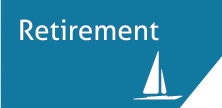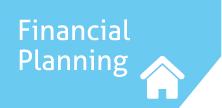|
Family Financial Planning
It's never too early to start saving for your children's education. Did you know it acts as a tax shelter?When planning for your children’s future, it’s never too early to start. Whether your saving for their education, a deposit for a home, the means to buy their first car or to save for their wedding, family financial planning will help you accomplish your goals. Saving Funds for a Post-Secondary EducationOne way to plan for your children's education is to set aside a specific portion of your savings for that purpose. You can create savings programs that are in your children's names. These may include a Registered Education Savings Plan (RESP) and an in-trust account. An investment of just $200 each month can grow to $60,000 by the end of 15 years.Registered Education Savings Plan (RESP)An RESP is a tax-sheltered investment plan specifically intended to help you pay for your children's university or college education. You may contribute up to $5,000 per year per child to a lifetime maximum of $50,000.Benefits of Saving with an RESP
At the time of withdrawal, contributions are not taxed, only the investment income is taxed as a regular income in the student's hands. Since a student is unlikely to have much other income, he or she can expect to pay little if any tax on the funds. |
 |
 |
 |
 |
 |




